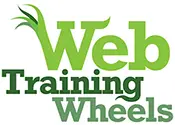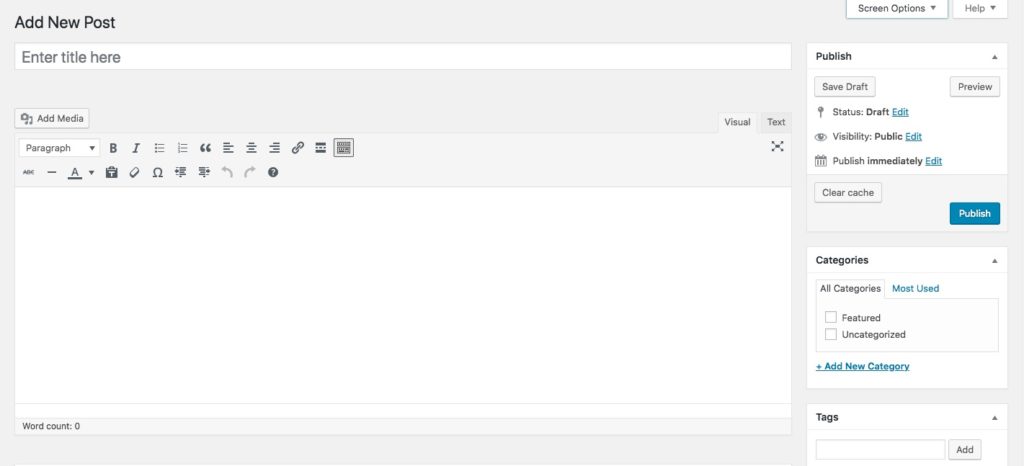Help! My WordPress Site Looks Different! And other tales of upgrading to 5+

In the past few weeks, several people have emailed me in various stages of panic about the new look of their WordPress admin area. They had updated to WordPress 5+, which features the brand new Block Editor AKA Gutenberg, and were flummoxed by the new changes.
The new editor transforms the post editing screen from this:
To this:
If you’re not expecting it, or if you’ve learned to do certain tasks on your site a specific way, this could be really confusing and stop you in your tracks.







